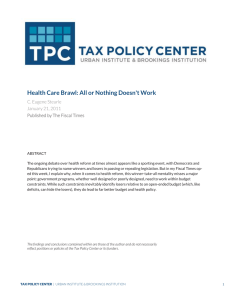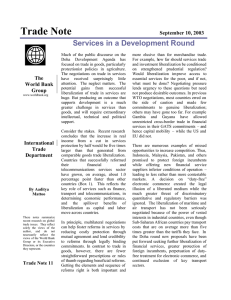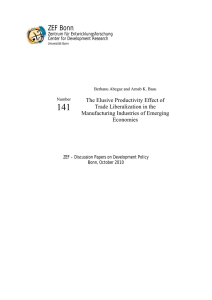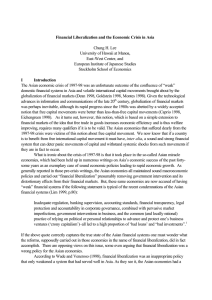Reform without Losers: An Interpretation of China's Dual-Track Approach to Transition
advertisement
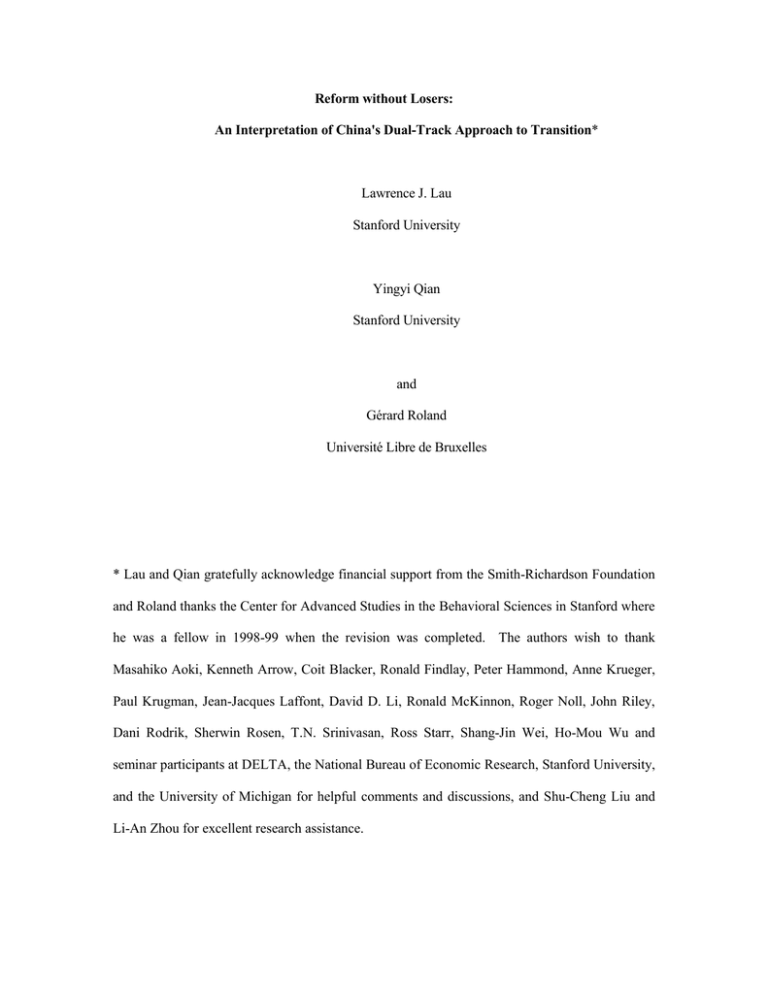
Reform without Losers: An Interpretation of China's Dual-Track Approach to Transition* Lawrence J. Lau Stanford University Yingyi Qian Stanford University and Gérard Roland Université Libre de Bruxelles * Lau and Qian gratefully acknowledge financial support from the Smith-Richardson Foundation and Roland thanks the Center for Advanced Studies in the Behavioral Sciences in Stanford where he was a fellow in 1998-99 when the revision was completed. The authors wish to thank Masahiko Aoki, Kenneth Arrow, Coit Blacker, Ronald Findlay, Peter Hammond, Anne Krueger, Paul Krugman, Jean-Jacques Laffont, David D. Li, Ronald McKinnon, Roger Noll, John Riley, Dani Rodrik, Sherwin Rosen, T.N. Srinivasan, Ross Starr, Shang-Jin Wei, Ho-Mou Wu and seminar participants at DELTA, the National Bureau of Economic Research, Stanford University, and the University of Michigan for helpful comments and discussions, and Shu-Cheng Liu and Li-An Zhou for excellent research assistance. Abstract This paper develops a simple model to analyze the “dual-track” approach to market liberalization as a mechanism for implementing efficient Pareto-improving economic reform, that is, reform achieving efficiency without creating losers. The approach, based on the continued enforcement of the existing plan while simultaneously liberalizing the market, can be understood as a method for making implicit lump sum transfers to compensate potential losers of the reform. The model highlights the critical roles of enforcement of the plan for achieving Pareto improvement and full liberalization of the market track for achieving efficiency. We examine how the dual-track approach has worked in product and labor market liberalization in China.







